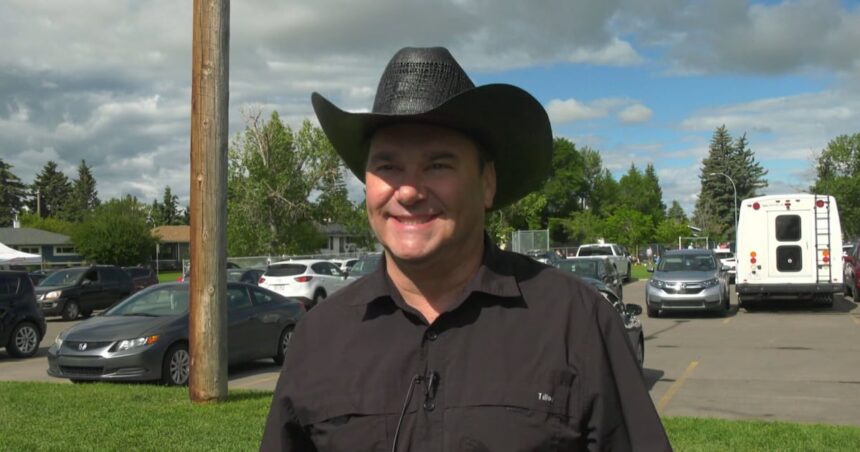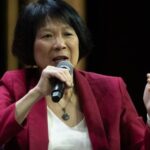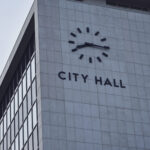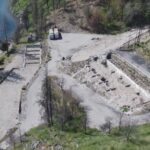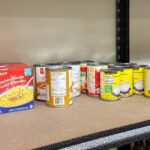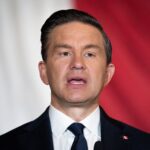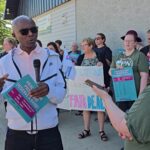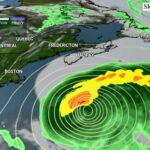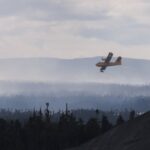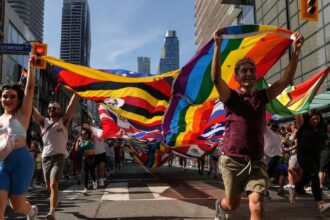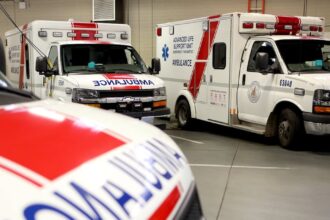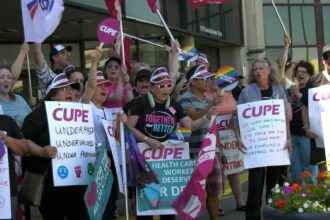In the sweltering July heat of Calgary, interim NDP leader Don Davies made his inaugural appearance at the legendary Calgary Stampede on Sunday, marking a strategic shift in the party’s approach to Western Canadian voters. The Vancouver politician, who took the reins from Jagmeet Singh in May, waded through crowds in his freshly purchased white cowboy hat, determined to forge connections in territory traditionally challenging for his party.
“You have to meet people where they’re at,” Davies told reporters as he navigated the bustling Stampede grounds. “I want Albertans to know that the federal NDP sees you, hears you, and understands the unique challenges facing this province.”
Davies’ presence represents more than just a photo opportunity at Canada’s largest rodeo. It signals a deliberate effort to address the NDP’s historical struggles in Alberta, where the party currently holds just one seat in Edmonton. This visit comes at a critical moment for the interim leader, who has been tasked with rebuilding party momentum following Singh’s resignation after disappointing results in the 2025 federal election.
The political landscape in Alberta has evolved considerably since the 2023 provincial election that saw Danielle Smith’s United Conservative Party secure victory. During his Stampede circuit, Davies acknowledged these shifts while emphasizing economic security as a cornerstone of the NDP platform.
“Families in Calgary and across Alberta are facing the same affordability challenges as Canadians everywhere,” Davies explained while sampling pancakes at a community breakfast. “Our focus is on practical solutions that address the cost of living crisis while supporting responsible resource development that creates good jobs.”
Davies’ approach appears calculated to bridge traditional NDP priorities with Alberta’s economic realities. When questioned about pipeline politics—historically a flashpoint between the NDP and Alberta voters—Davies struck a balanced tone.
“We need to ensure Canada’s energy sector transitions in a way that protects workers and communities,” he stated, careful to avoid the polarizing rhetoric that has alienated Alberta voters in the past. “This isn’t about shutting down industries overnight, but about planning for a future that works for everyone.”
Calgary political analyst Maria Kowalski, who observed Davies’ interactions with Stampede attendees, noted the significance of his presence. “The Calgary Stampede has become an essential stop on the political circuit for a reason,” she explained to CO24 Politics. “It’s where politicians can step away from Ottawa bubbles and connect with voters in a more authentic setting.”
Several Stampede attendees expressed surprise at Davies’ approachability. “I didn’t expect to see an NDP leader here, but he actually listened to my concerns about the oil sector,” said James Mercer, a petroleum engineer who engaged with Davies at a community breakfast. “I still don’t know if I’d vote for them, but at least he didn’t dismiss my livelihood.”
Davies’ Stampede visit coincides with his broader Western Canadian tour, which includes stops in Edmonton, Saskatoon, and his home base of Vancouver. Party insiders confirm this represents a deliberate strategy to reconnect with regions where NDP support has waned in recent elections.
The interim leader, who previously served as the party’s health critic, will remain at the helm until a leadership convention scheduled for March 2026. While Davies has not confirmed whether he will seek permanent leadership, his Stampede appearance demonstrates his commitment to reshaping perceptions of the party.
As the summer political circuit continues, Davies’ willingness to don cowboy boots and embrace Stampede traditions raises an intriguing question for Canadian voters: Can the NDP successfully reinvent itself to appeal beyond its traditional urban strongholds, or will regional divisions continue to define Canada’s political landscape heading into the next election cycle?

